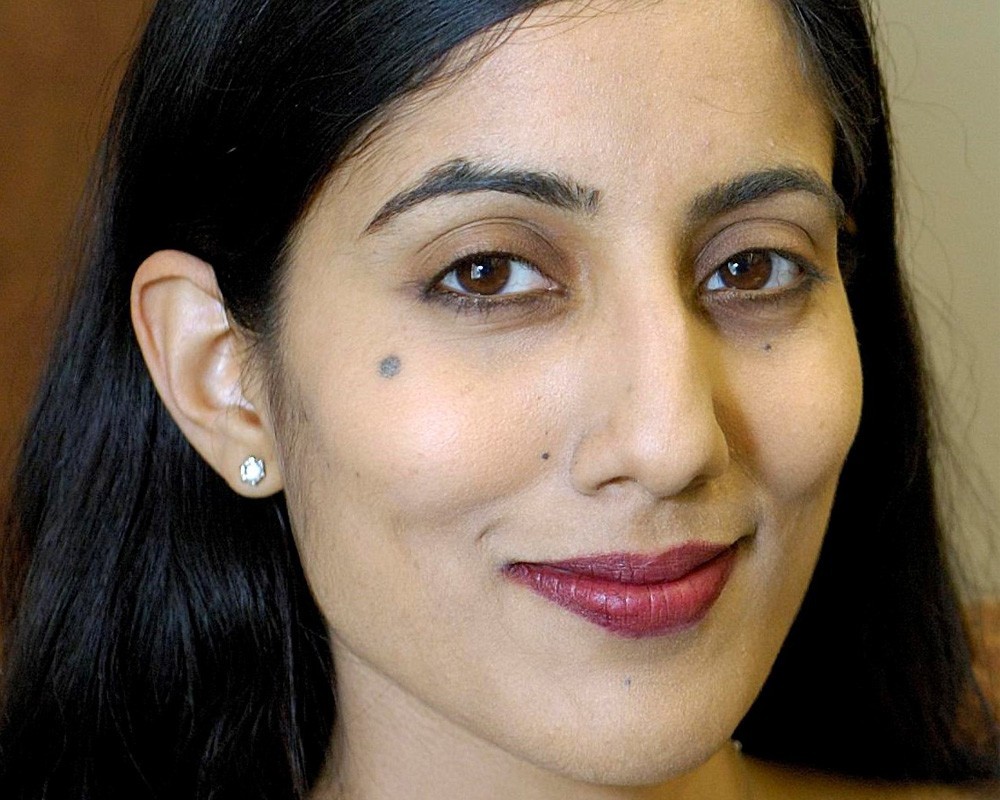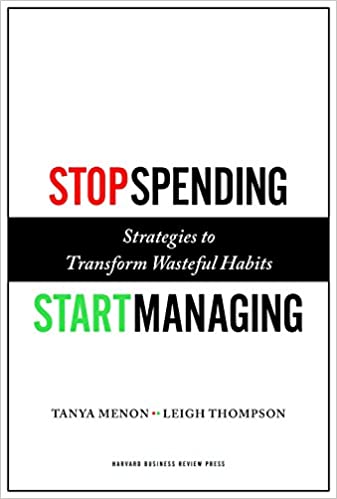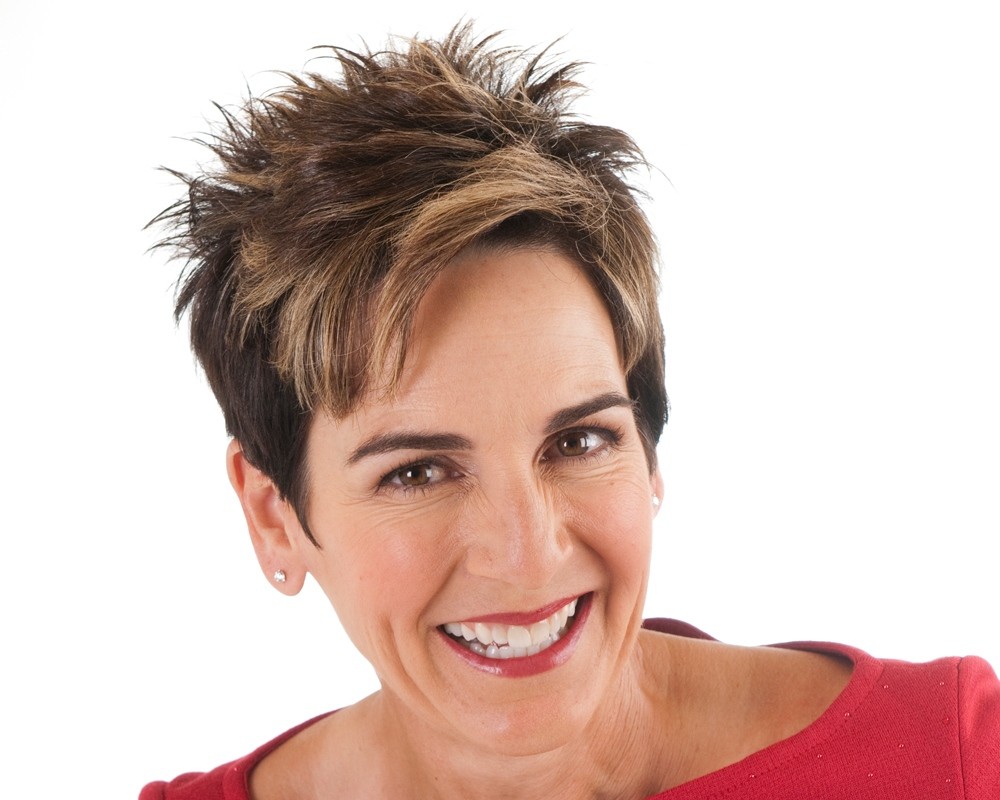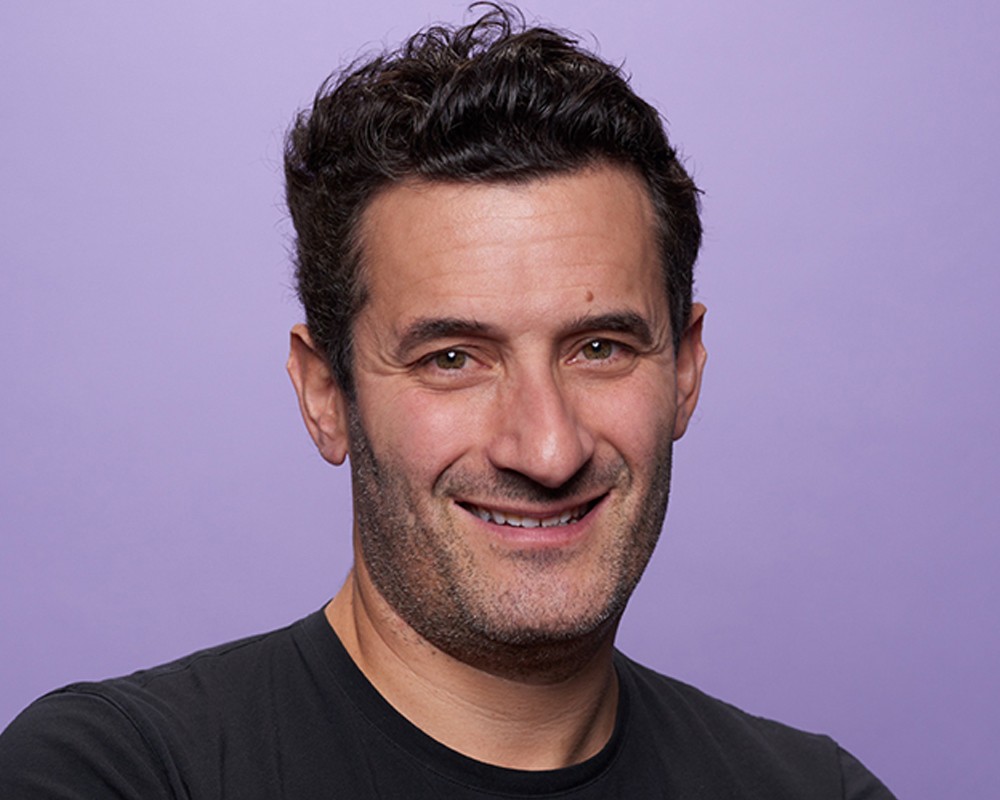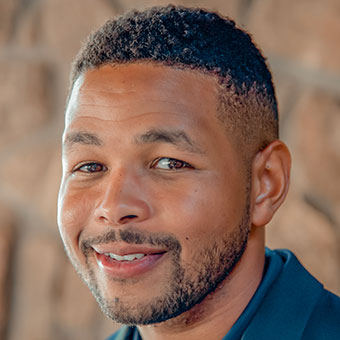Humans are pattern-forming creatures—a skill that allows us to predict the future and survive. Pattern recognition is even part of IQ tests! It also is a mindset that is a barrier to innovation. We rapidly find the pattern (often the first thing that comes to mind), engage in a confirmatory path to collect information and go.
In this session, I will talk about creating a different mindset—seeing multiple patterns at the same time in an exploratory process. It is an open minded approach that doesn’t rush to closure. I will share with participants a few games that illustrate rapid pattern formation. We’re fast to the hypothesis, then we collect the data to confirm it.
We then engage in activities that put the mind on a very different channel: opening up and exploring in a way that’s exciting and inspiring. But the truth is—this approach can also be irritating when we want to drive to closure and action.
We then measure how people vary in a simple personal difference—need for structure. There’s much diversity on this in teams and it creates conflict especially as we balance creative exploration with closure and action. Are you a fast driver who gets on a clear path, sees the goal, and gets to their destination quickly? Or are you the one who’s perfectly comfortable aimlessly wandering without a clear path or even goal? And finally, how can these mindsets work together?
Tanya’s an award-winning professor who’s taught tens of thousands of MBA students and executives for over two decades in some of the top business schools worldwide, and has consulted and given keynotes for numerous Fortune 500 companies. Her TED talk on networking was one named one of the most popular of 2018.
Based on her co-authored book (Stop Spending, Start Managing, Harvard Business Review Press) and her research, Tanya’s information-packed sessions are designed to make collaboration fun and productive. The sessions are interactive, humorous, and full of memorable stories, but the star of the show will be the evidence based approaches proven to make you work smarter! Her goal is to transform how you think about organizing—so that you can discover your creative potential! This session works for both large-scale meetings—and small teams.
Potential learning objectives
- Problem finding vs. problem solving interactive exercise
- Know your personal mindset—and what irritates you (driving too fast or aimless wandering?). Recognize when each matter, and especially for those who like to drive fast: learn to appreciate the lack of structure, ambiguity, confusion as the places where novelty will arise.
- Simple changes that will allow you to capture new patterns vs. rush to the same old ones. It might not be what you expect to see or hear—but it’s something new that others haven’t even detected yet.
As our machines and models become smarter, the future of work depends on how our uniquely human wisdom keeps pace. Tanya Menon’s book Stop Spending, Start Managing (Harvard Business Review Press, 2016) focuses on intractable problems at work. These typically take the form of Wicked Problems—defined as complex problems without precise answers (think: managing diversity, pandemics, climate change, or inequality). AI certainly helps us navigate complex challenges—but it also reveals gaping holes that human wisdom must fill. The future of work depends on how you will choose to use human wisdom to harness the AI and gain traction on your most wicked problems.
Tanya Menon is a former member of Center for Decision Research at the University of Chicago and she consulted for nearly a decade with a Fortune 500 financial services firm’s data and analytics group. Tanya’s talk will draw from the example of hiring decisions—a top money waster for organizations. She begins with the known limitations of ‘intuition’ in hiring, and how data/analytics—along with other design elements—offer a promising corrective to human bias. We’ll also see the challenges that still remain—that force us to think beyond the models:
-Understanding the what. We hope for the model to spit out a solution—but have we asked the right questions? Have we truly understood the problem? The first type of wisdom lies in finding the problem before entering problem-solving mode.
A key challenge occurs when the models anchor on the past—and the past doesn’t predict the future. What are the scenarios for your future—and how do you hire for those? This involves learning from the lessons of the past, getting un-stuck from them, and envisioning new possibilities.
-Understanding the why behind the answer. We get the ‘answer’ from the analytics, but rather than revealing deeper truths and root causes, it simply reflects superficial biases. The second type of wisdom allows us to see the limits of our data, correct its biases, and think more deeply about the hidden stories that explain the data.
-Understanding who we are and who we will become: It’s often said that we’re merely the sum of our choices—so what does it mean if a machine is driving our choices? The third type of wisdom lies in the power of our identities and guiding values. In hiring, it emerges in how you handle ambiguous (and value-laden) words like ‘merit’ and ‘fit’ that can become a source of bias—if you don’t surface and define them. By clarifying and anchoring your choices in your values, you will control the model, and the choices that create your identity and future.
Potential learning objectives
- Defining how the AI/human partnership will emerge
- Understanding what makes problems intractable—and how to break through them.
- Wisdom and Strategic thinking (problem finding/solving)
- Value clarification to define problems and priorities
Tanya focuses on creating great systems where diverse talent can be seen and can thrive. How do we think about broadening networks to hire beyond the traditional talent pools? How do we debias gut-feel hiring practices? What are best practices in performance management? The conversation will lie at the fascinating intersection of human decision making and the organizational practices that can ideally defend against bias.
Tanya’s spoken on the topic of Hiring Better at industry associations, businesses, and to hundreds of alumni at the University of Chicago Booth School of Business. Managers surveyed for her book, Stop Spending, Start Managing, reported that hiring mistakes were the largest source of waste—costing their companies millions!
She divides the hiring problem into two challenges: (1) Having too narrow of a pool, and (2) Biased filtering of the pool. For the first part, she considers how narrow networks, a rigid checklist mentality, and failure to recognize the subjectivity of meritocracy all inhibit our chances of seeing diverse talent in the pool. (And, they also lead to unpleasant hiring meetings too!)
To explore the second challenge, Tanya plays an interactive game so that you’ll get individualized feedback on your intuition—and a sense of its limits. She then breaks down the hiring process to help identify cues that predict good hires and those that don’t; the power of algorithms and the biases they perpetuate; specific interview questions that yield good data, and how to interpret them; and specific debiasing processes that allow you to capture the advantage of both the algorithm and the human decision maker.
You will leave the session with a checklist where you can assess your own hiring processes. She will also share a list of cutting edge resources, all based on data/research, so that you can study these topics further and identify tools needed to make better, faster, smarter, and fairer hiring decisions.
One of the most frustrating parts of work is seeing a beautiful idea die in some slide deck. Or seeing a sale slip away when you know that you have the right offering for the customer.
Influence failures are a particularly sore spot for smart people. Tanya taught one of the most popular classes at the University of Chicago’s Booth School of Business on Power and Influence for over a decade. She met brilliant and analytic executives who often hoped that they could just show people their data and superior thinking—and that would be enough to instantly change minds.
This session is about showcasing your great ideas so that others will come along too. How can you frame your ideas, build acceptance for them, and drive others to act upon them?
At its core, this session is about being human—and the takeaways are for home as well as work.
Based on her co-authored book (Stop Spending, Start Managing, Harvard Business Review Press) and her research, Tanya’s information-packed sessions will help you re-design your messages so that they are likely to gain acceptance. The sessions are interactive and full of memorable stories, but the star of the show will be the evidence based approaches proven to make you influence more effectively!
Tanya has run this session for both large-scale national sales meetings—and C-suite teams. The session can vary in level of interaction—with exercises or a lecture that guides you to workshop a persuasion effort you’re managing right now.
Potential learning objectives:
- Learn Tanya’s three part model of persuasion: ego (make your way psychologically easy for people), social (fit the message to the group/culture), and physical (use behavioral channels to convert intention to action)
- Recognize the barriers to influence: we end up trying to impose or will on the other person—rather than opening up a conversation; we go either too negative or positive, and get agreement but not action)
- Get immediate insight on your own approach to influence
- Learn to ask good questions to learn and shape the conversation vs. tell and control
- When to go for the big, inspiring idea—and when to try deal making instead
- Recognize when persuasion has become conflict—and how to move past it in productive ways.
- What are the unique challenges women face as they own their voice with power and influence?
One of Tanya’s favorite questions to ask people is how they got into their line of work. Or, how they met their significant other. Behind these major life decisions, we often discover an incredible story of networks and relationships.
And, while people love to share these stories of opportunity that transformed their careers and life course—they are also ambivalent about networking. They feel that networking is icky—violating the ways people with good taste connect with others—based on ‘using’ others for particular ends, not respecting them as an ends in themselves.
Tanya’s an award-winning professor who’s taught tens of thousands of MBA students and executives for over two decades in some of the top business schools worldwide, and has consulted and given keynotes for numerous Fortune 500 companies. Her TED talk on networking was one named one of the most popular of 2018.
Based on her co-authored book (Stop Spending, Start Managing, Harvard Business Review Press) and her research, Tanya’s information-packed sessions are designed to make collaboration fun and productive. The sessions are interactive, humorous, and full of memorable stories, but the star of the show will be the evidence based approaches proven to improve how you organize. She’s run this session for both large-scale meetings—and small teams.
Potential learning objectives
- What’s your networking mindset? Is it stopping you from building the relationships you need to thrive at work?
- Seeing and understanding the hidden organization below the org chart
- How can you use networks to understand your position in an organization and potential for influence?
- How can you think intentionally about building structures around you that maximize your access to new ideas—even when you’re working from home or in different geographies?
- How can you also ensure that you have social support at work?
- What are the unique challenges women/minorities face as they build relationships?
This session is for anyone who’s suffered through too many hours in unproductive meetings or on teams that don’t reach their potential. How can we stop squandering collective talent and start creating high value collaboration? And how do we should we think about collaboration today, as our work arrangements have been transformed?
Tanya’s an award-winning professor who’s taught tens of thousands of MBA students and executives for over two decades in some of the top business schools worldwide, and has consulted and given keynotes for numerous Fortune 500 companies. Her TED talk was one named one of the most popular of 2018.
Based on her co-authored book (Stop Spending, Start Managing, Harvard Business Review Press) and her research, Tanya’s information-packed sessions are designed to make collaboration fun and productive. The sessions are interactive, humorous, and full of memorable stories, but the star of the show will be the evidence based approaches proven to help you collaborate better. Her goal is to transform how you think about organizing—so that your smart people can become smart groups. She’s run this session for both large groups of 100s of participants—and small C-suite teams.
The session will be highly interactive with short group exercises. The topic could be a one hour intro or 20 hours! Regardless, it will surface the dangerous processes that squander your group’s talents, and provide you with immediate fixes that transform the way you work.
Potential learning objectives:
- What are your assumptions about teams?
- The two most dangerous people in groups—the persuasive idiot and the quiet expert—and how to foil them.
- What norms that have implicitly shaped how your group functions—and can you be intentional about setting more productive norms?
- Knowing when to be a group and when to be an individual
- How do you maximize the diversity of voices that are heard?
- How do you organize the confusion of perspectives—and then pick the best ideas?
- Remote work
Managing backlash when you are confident, assertive, and powerful woman leader; clear communication without apology. I also do related talks on diversity and inclusion, and managing a global work force.


